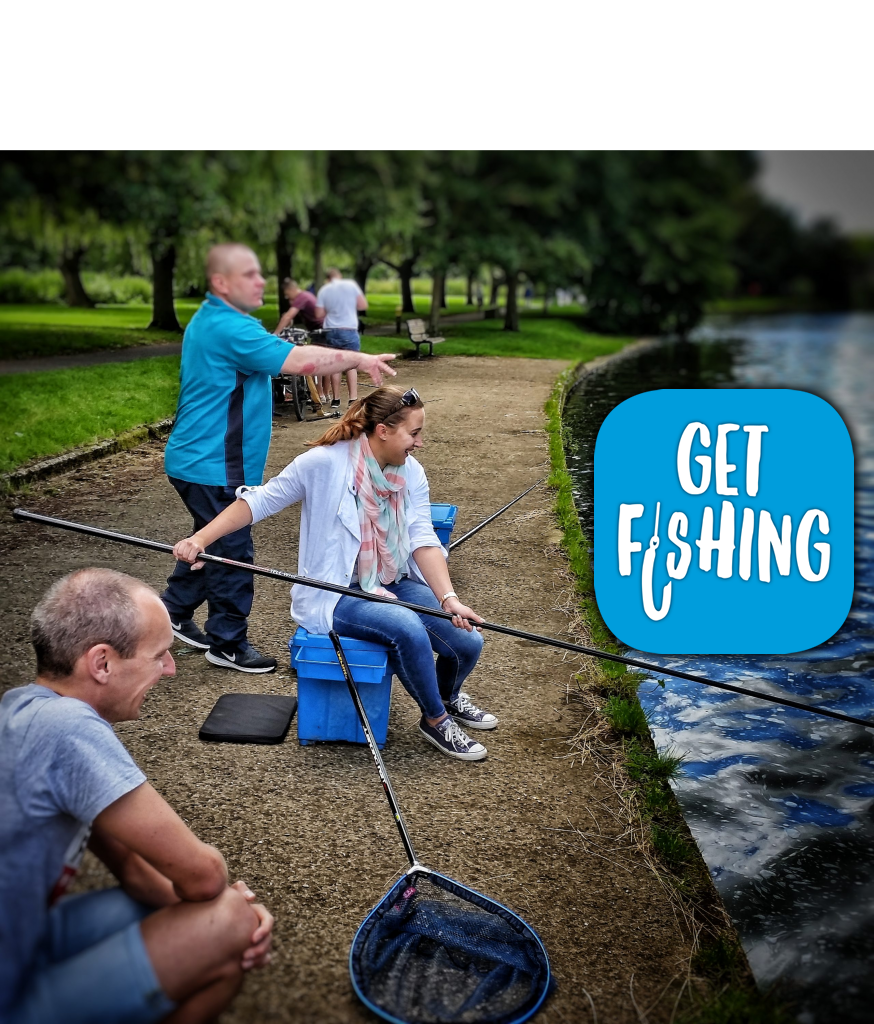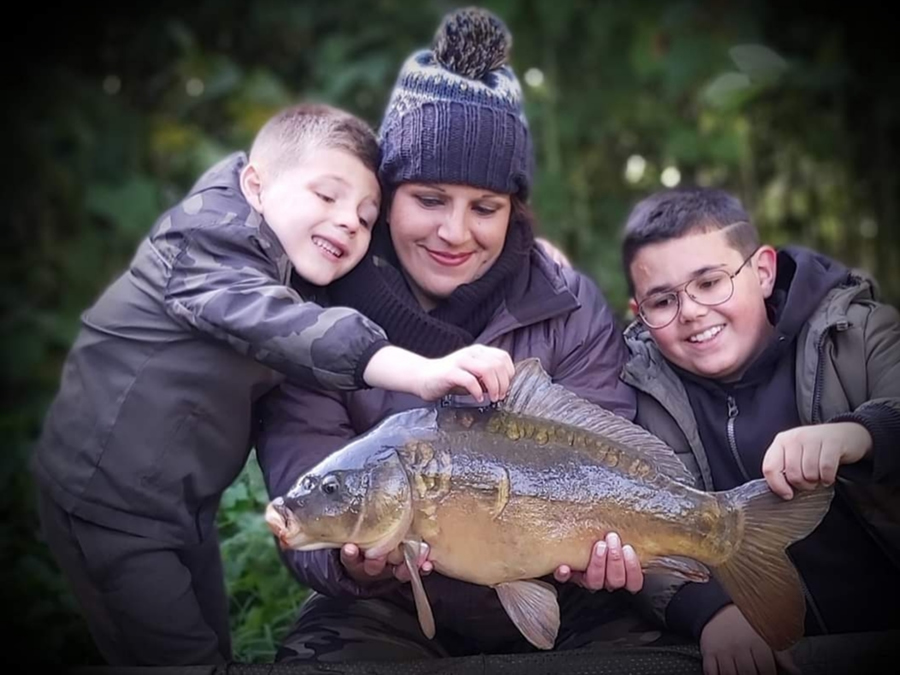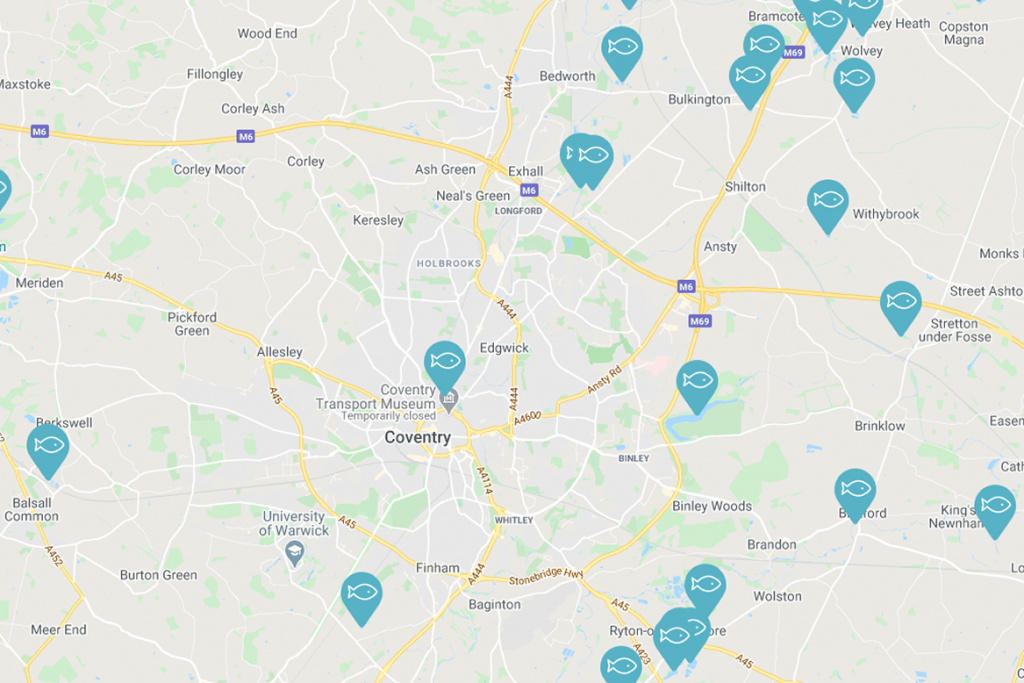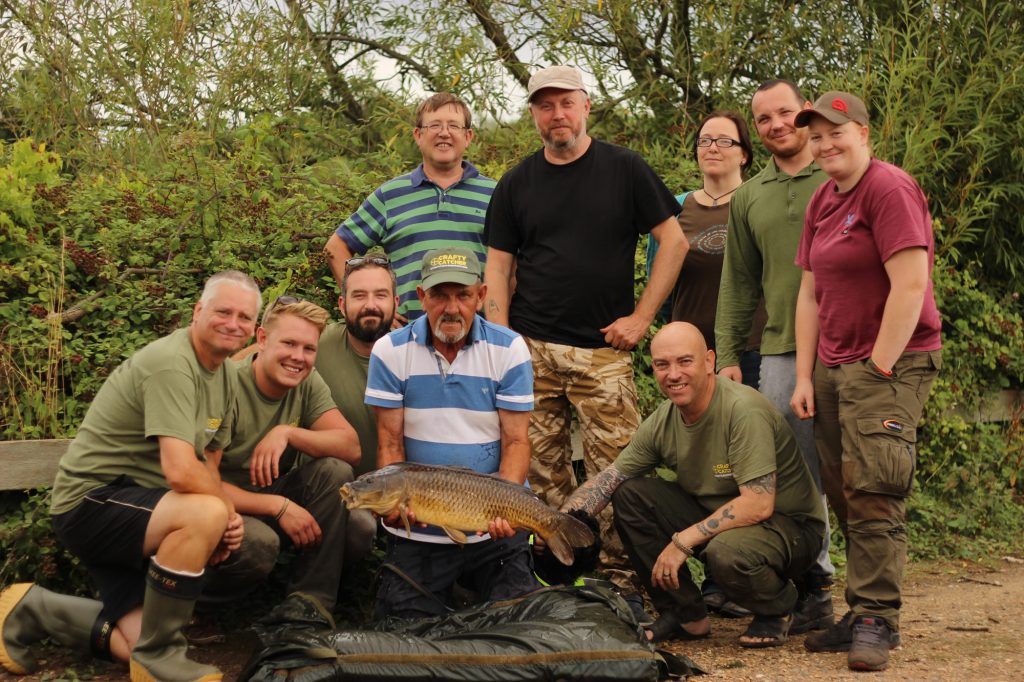
Lines On The Water
Winter welfare – advice to stay dry, warm and safe
Winter is here and it is, of course, a little chilly at the water’s edge at this time of year. Even so, there are anglers who are prepared to brave the weather and still go fishing.
So what’s the best way of keeping warm while fishing this winter? The Angling Trust has pulled together the science and some associated practical advice to help you stay comfortable, warm, dry AND safe this winter.
Preparation
Comfort at the water’s edge begins at home. The first step towards safe and enjoyable winter fishing is a 2-point review of the current conditions.
- Check the weather forecast with a reliable source such as the Met Office
- If you’re river fishing, check water levels and any flood advice that may be in force via the government’s water level monitoring service
With the basics complete, it’s still more important than at any other time of the year to consider an appropriate venue. Clearly, selecting a location with a good chance of catching is always top priority for any angler, but in winter, your overall safety and comfort should always be part of your thinking too.
- Will the venue be safe to navigate?
- Could there be any ice on your chosen water?
- Are the banksides likely to be slippery and dangerous?
Remember, if the answer to point number 2 is ‘yes’, then the importance of point number 3 is even more acute. It’s surely an obvious observation to make, but we’ll make it anyway, that venturing onto an iced up water is an absolute non-starter.
Safety around the water’s edge obviously applies to canals and still waters too. So before you leave the front door, your destination should certainly be considered in greater detail than normal. If in doubt, go somewhere else. No fish is worth a risk.
Arrival
So you’ve reached your carefully chosen destination and you consider it’s safe to fish. Where do you set up?
Again, the usual answer would be that you’ll station yourself where you think there’s the best chance of catching fish. But is that the same in deep winter, with a challenging wind in your face and the prospect of some icy rain being carried on it to sting your eyes and batter your cheeks?
Your enthusiasm to succeed in even the most productive swim is likely to be drained from you if you’re being hammered by the elements. Perhaps, just perhaps, with the wind at your back and an umbrella, bivvy shelter or even deep-sided bank for further protection, your personal comfort and consequently, your increased concentration, might drag more fish from a mediocre, but more benevolent location?
Something for the weekend?
OK, so you’ve decided that your winter session will last a few days rather than just one? For many ardent carpers or predator anglers, that’s highly likely – probably guaranteed in some cases. You’ve planned your weekend, you know it’s going to be cold, but you’re determined to see it through.
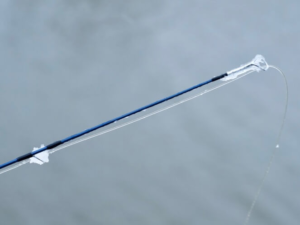
Even that updated weather forecast from the Met Office that suggests a couple of days of frozen rod rings and icy rain isn’t going to stop you. In that case, your bivvy is paramount.
A groundsheet is an absolute must-have. You’ll probably already have one that was stitched in by the manufacturer, but if not, sort one out. A newbie to the art of wintery weekend angling will probably be surprised at the amount of cold that transmits up and through the ground. Dampness isn’t the only thing a good groundsheet will keep out.
Bear in mind too, that in this environment, small is definitely beautiful. A smaller unit – even better a small unit with a double skin – will keep things warmer. Whatever size your bivvy may be, if you’re going to use a stove or warmer during your extended session, please be vigilant. The inherent risk of fire is perhaps clear to all, but not quite so obvious is the deadly danger posed by carbon monoxide.
Many anglers will know of last year’s incident involving an angler on the Isle of Wight who died from carbon monoxide poisoning. It’s thought he fell asleep inside his zipped-up bivvy with a gas heater on. The lack of adequate ventilation appears to have caused the tragic consequence.
An insulating, all seasons sleeping bag, hand warmers and even a hot water bottle filled with water warmed, if necessary, on a stove used outside your bivvy are the options to consider.
Staying Comfortable
Knowing a little about how your body reacts when exposed to very low temperatures might help to understand what’s required to stay as comfortable as possible during a winter session.
Professor George Havenith is Professor of Environmental physiology at Loughborough University who advises many renowned international companies on thermal physiology and clothing science. Professor Havenith says the body’s reaction to cold temperatures changes as the exposure time increases; something that’s clearly relevant for any angler considering a winter session.
“When we get slightly cold, the very first thing that happens is that we reduce the blood flow to the skin which therefore gets cooler and loses less heat. This first response is quite a subtle one but then we move onto behavioural changes such as sitting with our arms folded to reduce body surface area. As you get colder and the body’s core temperature begins to drop, the temperature of the hands and feet will drop quite dramatically and when your hands and feet are very cold your dexterity is low which means you’re at risk of losing grip or balance,” says Professor Havenith.
So, at the risk of stating the obvious, close attention to what you’re going to wear is key to your comfort and your safety. You might think you’re brave enough to withstand freezing hands with the help of the odd rub together or puff of warm breath, but that’s clearly not going to be enough.
Clothing
“Clothing is of course, the biggest behavioural change,” says the Professor. “Your hands and feet are big radiators and for people sitting outside without heaters, the right clothing, footwear and gloves is the crucial bit.
“The reason a lot of thin layers work well is because the insulation isn’t just about the textile it’s the air in between. If you have three layers, a base, mid and outer, you have the extra air layers included.

Safe winter fishing can offer a wonderful environment.
If you take a fleece, three layers would be better than one of the same total thickness. But if we think about a down layer which can be really thick, it is holding so much air inside it can be more efficient because there’s no air movement. We might say it’s only one layer but it’s actually many, many layers in one product.”
Here at the Trust, we know of some anglers who buy outsized boots to accommodate a couple of pairs of socks, perhaps one of which will be waterproof. If you’re not already one of them, perhaps you might give it some thought?
Check out this guide from Korda’s Danny Fairbrass, for more general tips on winter clothing.
Advice from Danny Fairbrass
Sustenance
In winter, a cold sandwich just won’t hack it. A flask of hot water isn’t going to last forever in the cold but it should last far enough into a short winter session to provide the vital ingredient for a pot of instant porridge or noodley-type thing.
What’s more, the resultant offering of radiating warmth will offer comfort to your (gloved) hands too. You could even fill that flask – or another one – (hey go on, buy two!) with some pre-prepared soup or even a portion of some hearty, homemade stew. Then again, you could go all out and purchase a little stove and kettle set. If you’re a weekend carper, it’s the sensible way to go (if you haven’t gone there already)
Alcohol
Those of us old enough, will remember the days when a tot of brandy was given to ‘warm you up’. You might even remember the old advertising images of a St Bernard dog running through the mountain snow with a barrel attached to its collar.
These days, the general view would seem to be that you should leave alcohol alone on a cold day’s fishing.
“Its certainly not going to help you,” says Professor Havenith. “Alcohol doesn’t warm you up. There has been talk for a number of years that alcohol actually causes the body to cool down quicker and while there is some literature which disputes that, it is definitely not going to help you. It would of course add to all the other risks like your dexterity, muscle control etc. which will get worse with alcohol. If your body is at risk because it’s already cold, anything that affects your decision making will add to the effect.”
If you’re so inclined, the pub might be something to look forward to at day’s end; just don’t bring the pub to the bankside. It’s not big and, according to the science, it’s certainly not clever.
Conclusion
Whatever you do this winter, don’t cut corners! Despite what you might think when you look in the mirror while standing beside that warm bathroom radiator, you really aren’t super-human. You’re just like the rest of us; vulnerable to the cold and potentially endangered by elements that know no mercy.
Personal comfort in the wintry open air is driven by common sense. However tough we think we are, comfort, safety, even survival in a harsh environment is a challenge not to be under-estimated but when its confronted properly and sensibly, it can be rewarding.
There are many advisory articles out there to make your winter angling enjoyable, warm and safe. Read them, watch them and take heed because all who offer their advice want the same thing for our fellow anglers. Enjoyment and safety,
Here’s to a very happy and safe winter.
—
You can read more of Professor George Havenith’s work here: www.lboro.ac.uk/EERC
You might also like
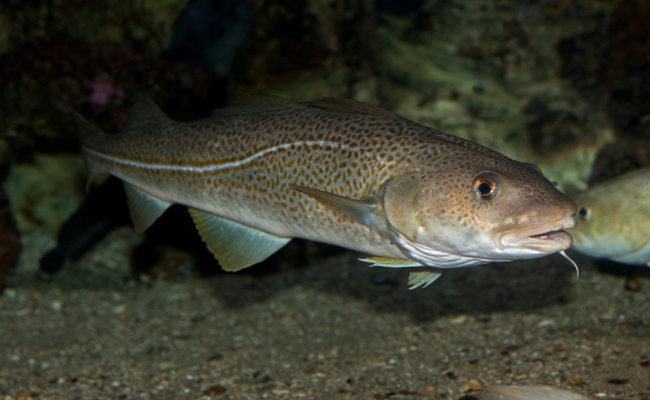
Will the UK-EU Fisheries Deal Deliver for Sustainability and…

Minister’s Visit Highlights Collaborative Action on Pollack Conservation

Angling Trust calls for radical reforms to end sewage…
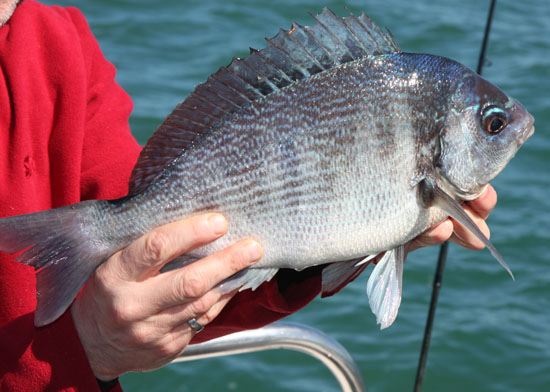
Have Your Say: Shape the Future of Black Bream…

NEW BLOG: Get Fishing Award event for North Cambridge…
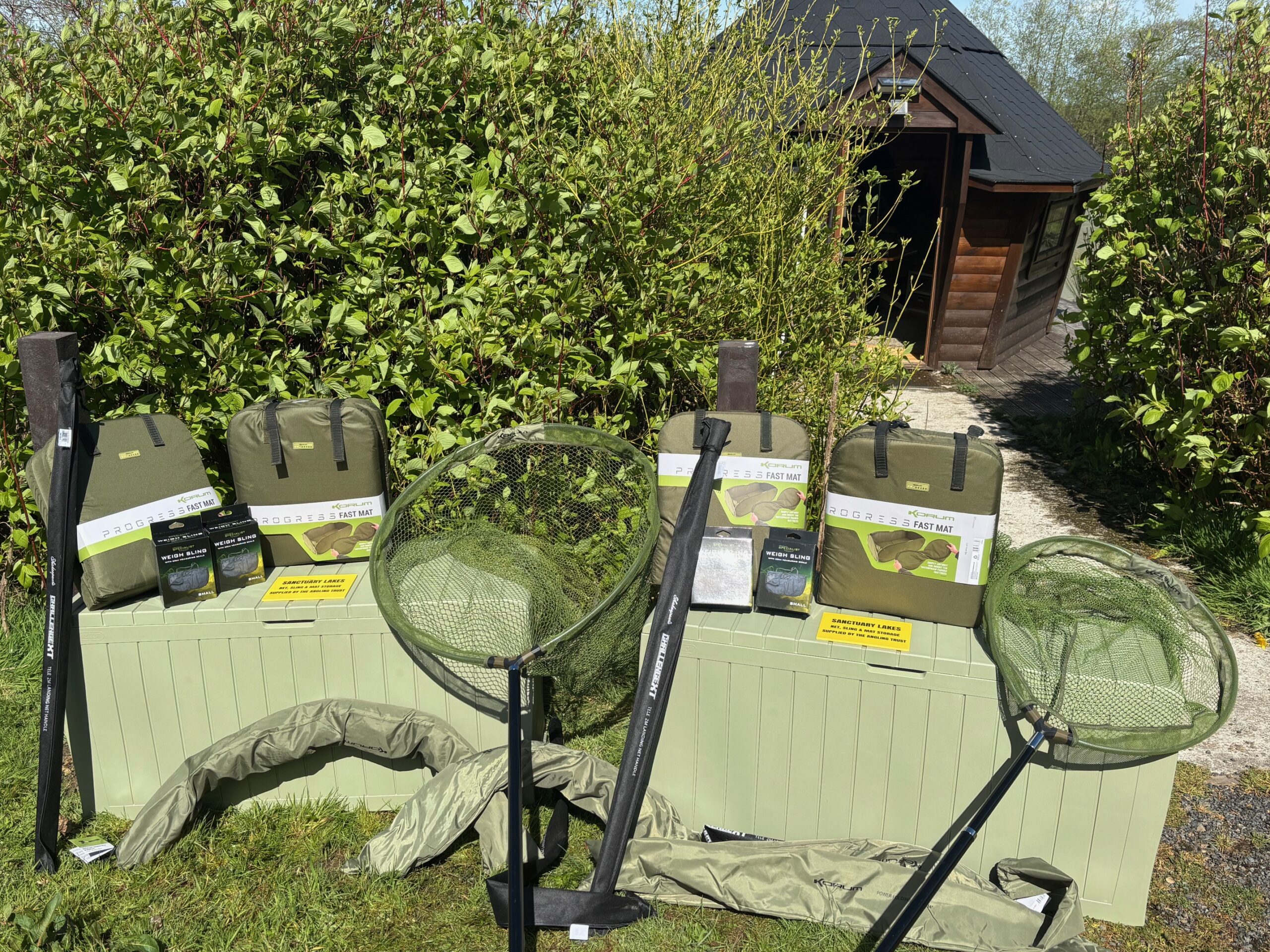
Angling Improvement Fund Opens for Nets, Mats & Slings
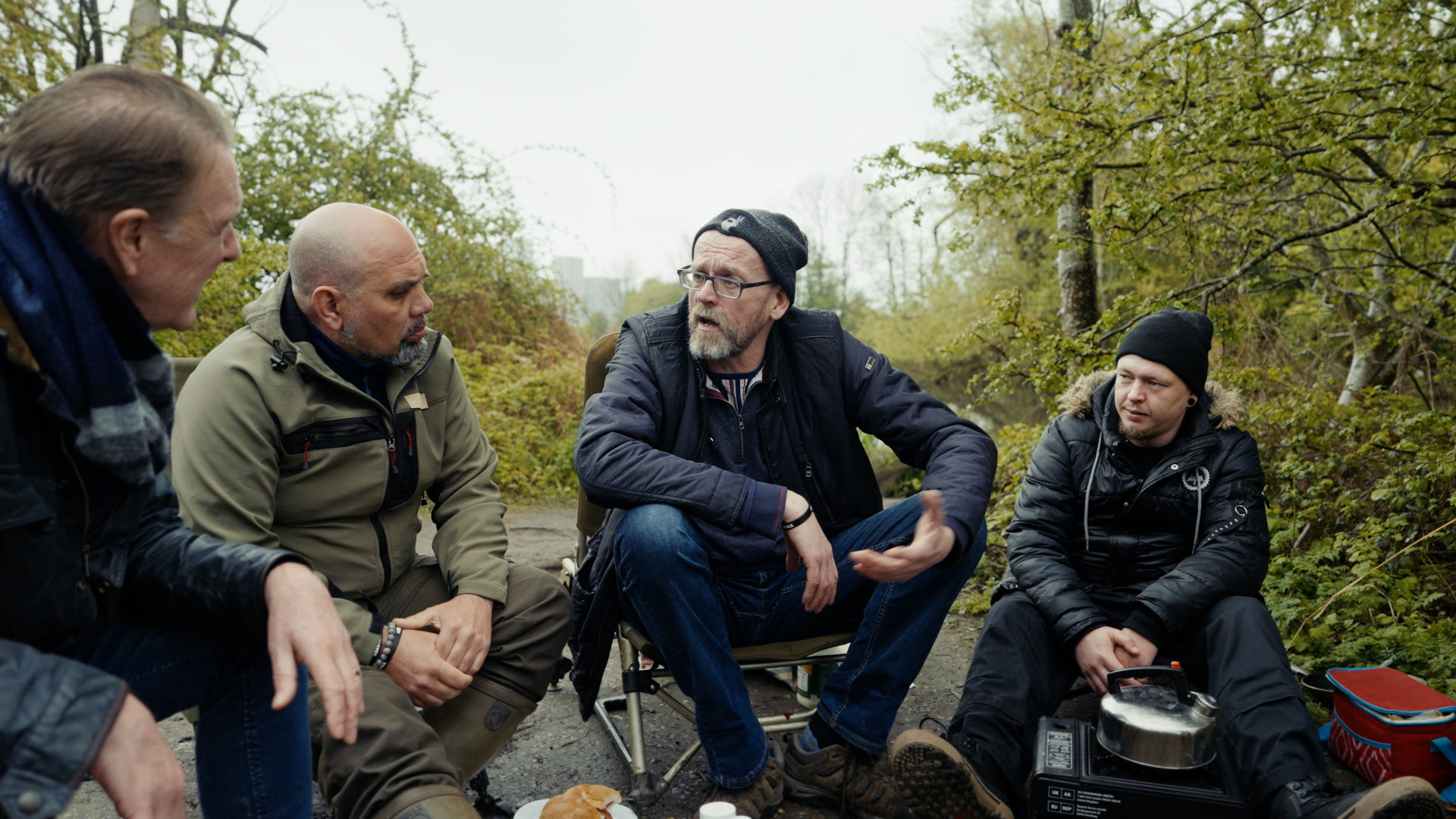
Mental Health Awareness Week is a time for angling…

Want to learn how to fish? Get Fishing Awards…

Tuffers bowled over by the benefits of angling and…

Young nature warriors reel in success with Get Fishing…

Bury women’s community group gives fishing a go

NEW BLOG: Get Fishing Awards get people into fishing…

Will the UK-EU Fisheries Deal Deliver for Sustainability and…

Minister’s Visit Highlights Collaborative Action on Pollack Conservation

Angling Trust calls for radical reforms to end sewage…

Have Your Say: Shape the Future of Black Bream…

NEW BLOG: Get Fishing Award event for North Cambridge…

Angling Improvement Fund Opens for Nets, Mats & Slings

Mental Health Awareness Week is a time for angling…

Want to learn how to fish? Get Fishing Awards…

Tuffers bowled over by the benefits of angling and…

Young nature warriors reel in success with Get Fishing…

Bury women’s community group gives fishing a go

NEW BLOG: Get Fishing Awards get people into fishing…

Will the UK-EU Fisheries Deal Deliver for Sustainability and…

Minister’s Visit Highlights Collaborative Action on Pollack Conservation

Angling Trust calls for radical reforms to end sewage…

Have Your Say: Shape the Future of Black Bream…

NEW BLOG: Get Fishing Award event for North Cambridge…

Angling Improvement Fund Opens for Nets, Mats & Slings

Mental Health Awareness Week is a time for angling…

Want to learn how to fish? Get Fishing Awards…

Tuffers bowled over by the benefits of angling and…

Young nature warriors reel in success with Get Fishing…

Bury women’s community group gives fishing a go

